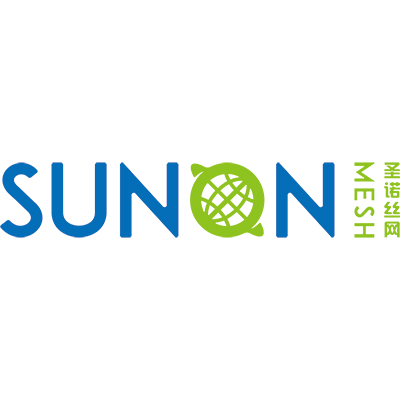Advantage of Extruder Screen in Plastic Extruder
Whether your factory produces plastic cups or pen caps, you must filter out all contaminants from the materials used to form any plastic product.To do this, your operation must use an economical and efficient filter medium while providing the required level of purification efficiently enough.
There are hundreds of filtering solutions available today. Which one is best for you?
In this article, we will take an in-depth look at how extruder screens affect the plastics industry, the process of replacing clogged screens, the cost of extruder screens, and the availability of alternative solutions.

Extruder Screen
What is an Extruder screen?
The screen of the extruder (commonly known as the screen assembly) is a braided line filtering system designed to meet the needs of the customer. Extruder screens are available in both single and multilayer configurations to remove impurities from molten plastic.
When selecting a specification for an extruder screen, you need to consider factors such as pressure requirements, the characteristics of the material used, and the degree of purification required.
A fine mesh number may achieve the desired decontamination level but may cause pressure levels to damage the equipment. Too large a screen may allow sufficient flow, but it may also allow contaminants to enter the final product. In the plastics industry, most extruder screens are usually 20-150 mesh woven and are made of stainless steel to avoid corrosion/contact corrosion.
To learn more about what an extruder screen is and what works for you, take some time to read our article.
How does the extruder screens affect the plastic industry?
The common focus of most plastic extrusion manufacturers is to prevent product failure. There are several situations that can cause product failure. However, pollutants in plastics are the most common.
When a plastic extruder starts production, the raw or recycled material melts down and is filtered. To facilitate melt flow, the melt is subjected to great pressure as it passes through a medium containing multiple extruder screens, such as an extruder crusher plate.
As the melted plastic passes through the extruder screen, all contaminants that could cause the product to malfunction are removed and the filtered plastic enters the rest of the production process.
Some plastic extruders install gear pumps behind the strainer to achieve a steady output. However, these gear pumps are sensitive to impurities in plastic. If your plastic extrusion process includes gear pumps, it is important to use a finer extruder screen specification to ensure proper decontamination.
How to replace the extruder Welded Pack Screen?
When a new extruder screen is put into production, the equipment usually has 40-100 psi. As production continues, filtered contaminants begin to block the opening of the extruder screen, leading to increased pressure.
When this happens, the screen of the extruder must be replaced.
The rate of replacement of extruder screens depends largely on the quality of the plastic melt passing through them.
If the melt is unprocessed and the impurity content is limited, the screen may last for several days without replacement. On the other hand, the impurities filtered out of the recycled melt require you to replace the filter several times a day.
This process can be performed easily with a continuous changer, regardless of how often the screen is replaced.
Manual operation can cause the production line to shut down completely before replacing the strainer, which has proved to be very time consuming and expensive. If you replace the screen of the extruder with a continuous hydraulic converter, the process is virtually seamless.
What is a continuous hydraulic converter?
The continuous changer USES a mechanical mechanism, such as a hydraulic system, to rotate the new extruder screen to replace the screen that has become clogged with contaminants and is not usable.
When using a continuous hydraulic converter to extrude plastic, some manual operation is still required. After the hydraulic system is started, the operator must be on standby and replace or clean the dirty extruder screen before continuing production.
It should be noted that contaminated extruder screens increase back pressure on the system and increase the melting temperature (due to friction), which reduces the production of clean materials.
How much is the extruder sieve?
The price of an extruder screen depends on several factors such as size, shape, hole size and quantity to be purchased. When bought in bulk, a smaller screen consisting of a single layer costs about $0.20, while a multi-layer screen costs as much as $20.
To get a better idea of how much you should spend on the extruder screen, contact our customer experience team or click the live chatbot in the lower right corner of the window.
What other filtering solutions are available?
As mentioned above, most extruder screens are made of stainless steel with a range of 20 to 150 holes. In other words, almost every plastic extrusion process requires some form of filtration.
Then, why is the extruder screen the most common extrusion medium? What about the other solutions?
Well, because of the high temperature of the plastic melt, the extruder screen is really the only cheap and durable solution that makes practical sense in a typical plastic extrusion process.
Learn more about Wire Mesh Strainers
In order to prevent product failure, the plastic extrusion manufacturer must use the appropriate filter medium in the plastic extrusion process. This is where the extruder screen comes into play.
The extruder screen is a screen filter used to remove contaminants that would normally cause product failure. They have single-layer and multi-layer options. However, it is critical that the grid’s specifications meet your operational requirements.
If the correct specifications are used, they can affect the production speed of the cleaning material because the specifications affect the temperature of the melt and the pressure in the system.
